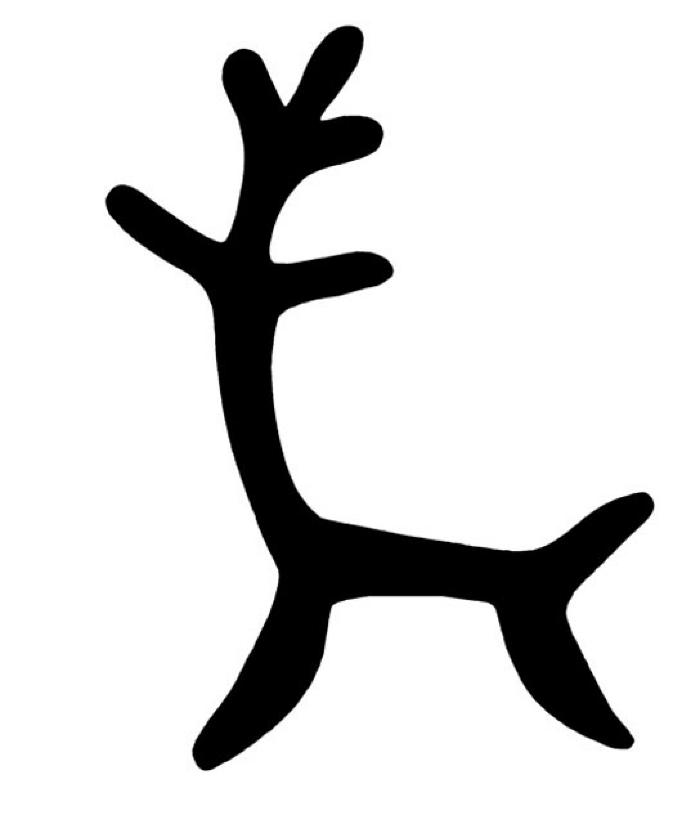Caribou, Reindeer — Tuntuq

Today, caribou (Rangifer tarandus) are only present in substantial numbers in a part of the Alutiiq homeland—the northern Alaska Peninsula. Here communities take advantage of seasonal migrations, harvesting animals as they move south to calving grounds in the spring and north to winter range in the fall. In this area, hunters stalk caribou with guns, but in the past, they worked in teams to scare animals toward men armed with bows and arrows. Although caribou are not indigenous to Kodiak, Alutiiq people obtained their meat, hides, hair, bone, antler, and even teeth in trade. Caribou hair, used by seamstresses to embroider clothing, was especially prized.
The federal government introduced domestic caribou, or reindeer, to southern Kodiak Island in 1924. As part of an economic development project, thirty-two animals were shipped to the Akhiok area from Bristol Bay. Simeon Agnot of Akhiok traveled to Cantwell to learn herding skills from Laplanders brought to Alaska to teach Native herders. He became the reindeer chief, organizing and training other Akhiok men to care for the animals. The herders worked in two-week shifts, watching over the reindeer in their pastures. In spring, the men drove the pregnant females to Cape Alitak for fawning, and they herded them back to winter forage later in the year. In return for their care, the herders could harvest animals as needed. Some were taken for food. Others were traded to canneries in return for goods. Herding continued until 1948 when a fire burned thousands of acres of reindeer forage. The herd escaped during the fire and more than 1,200 animals became feral. A few animals survive today in scattered herds found predominately in the Ayakulik River drainage.
